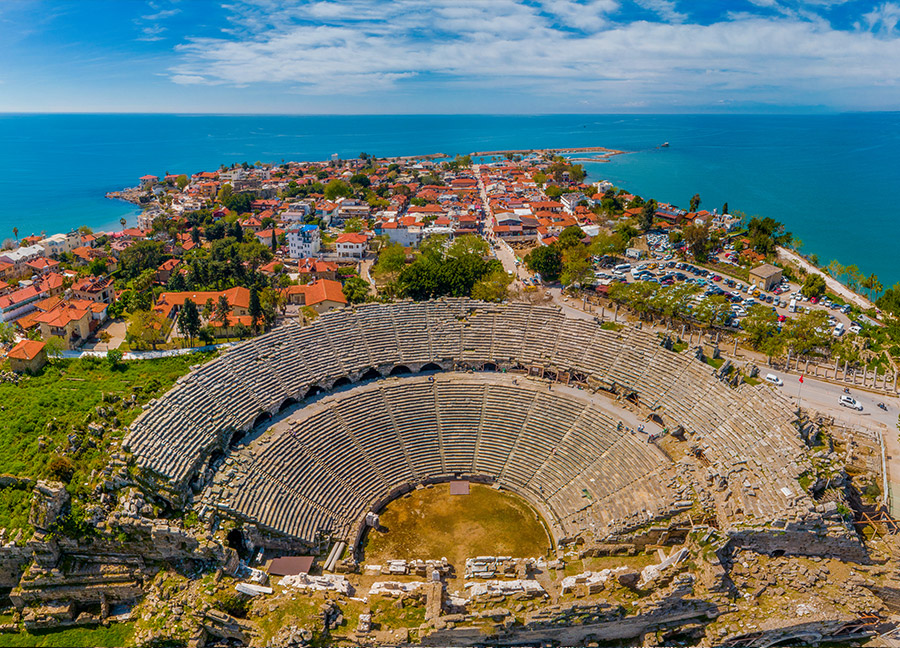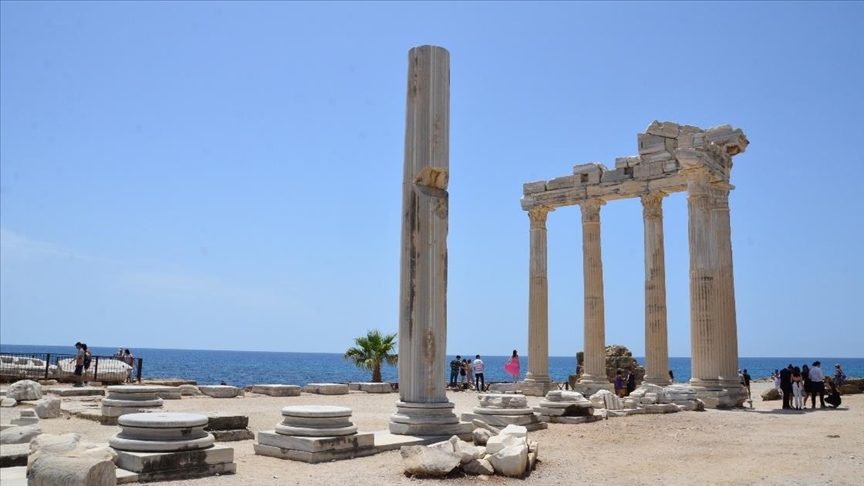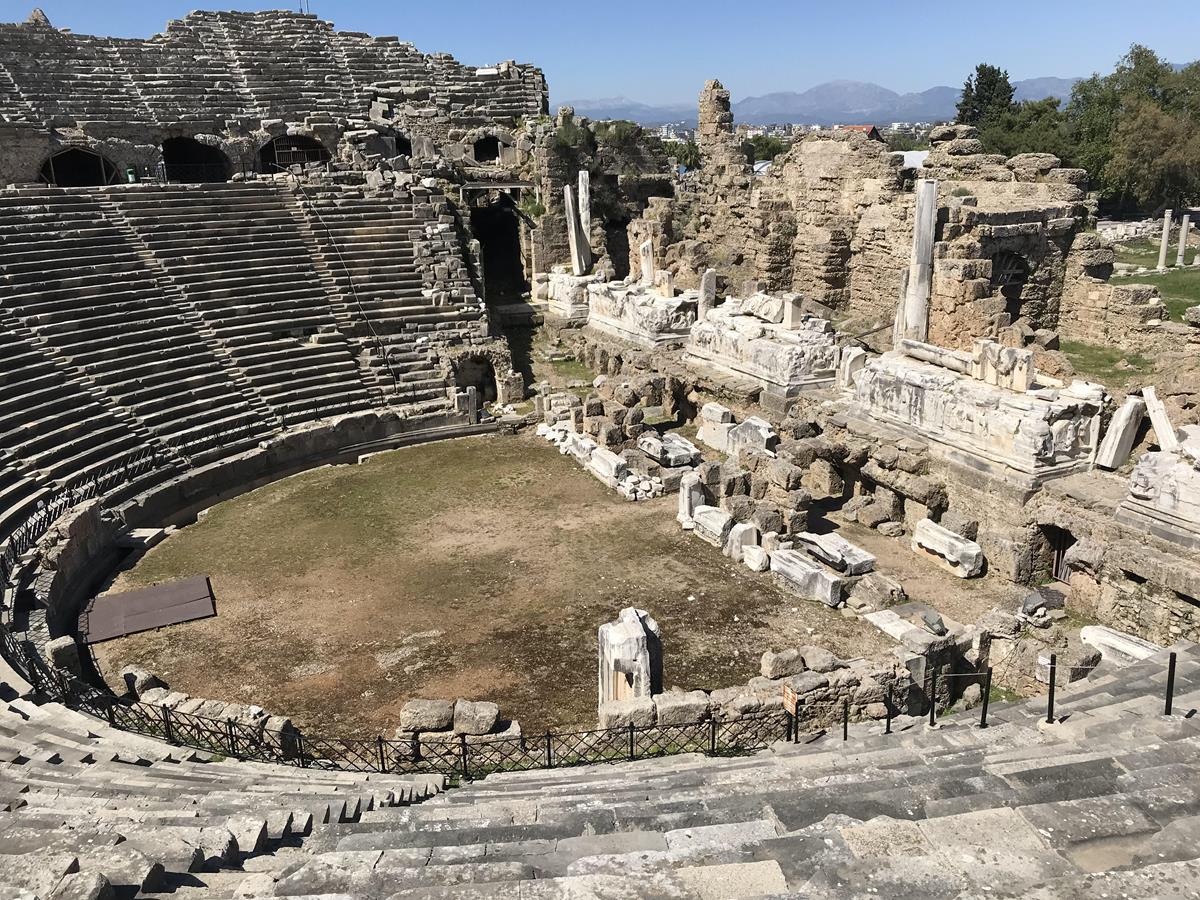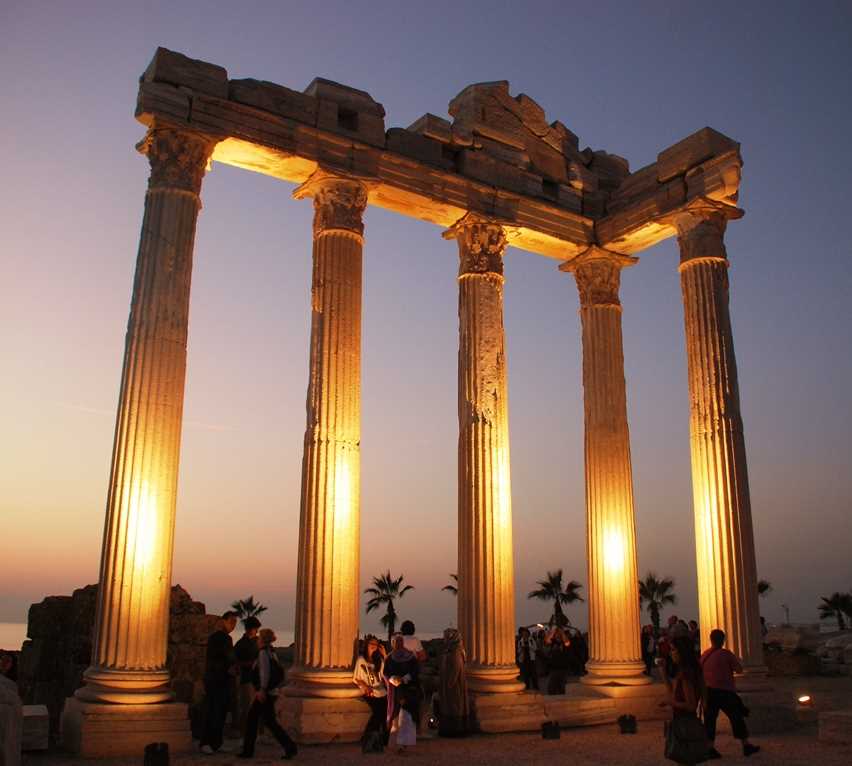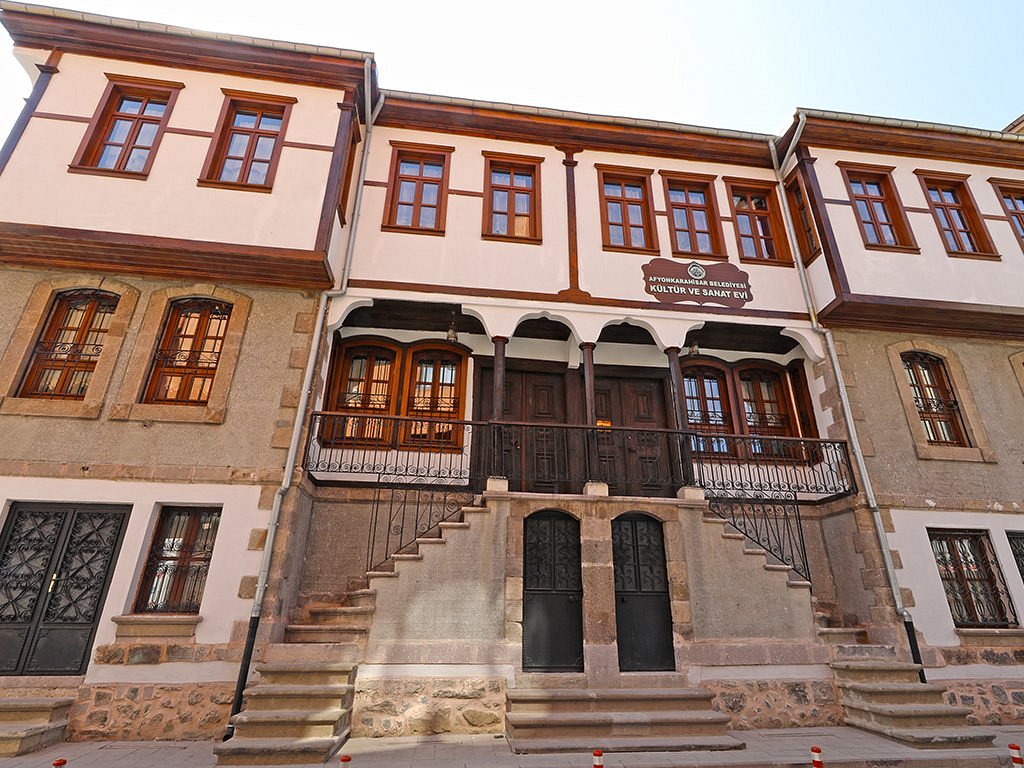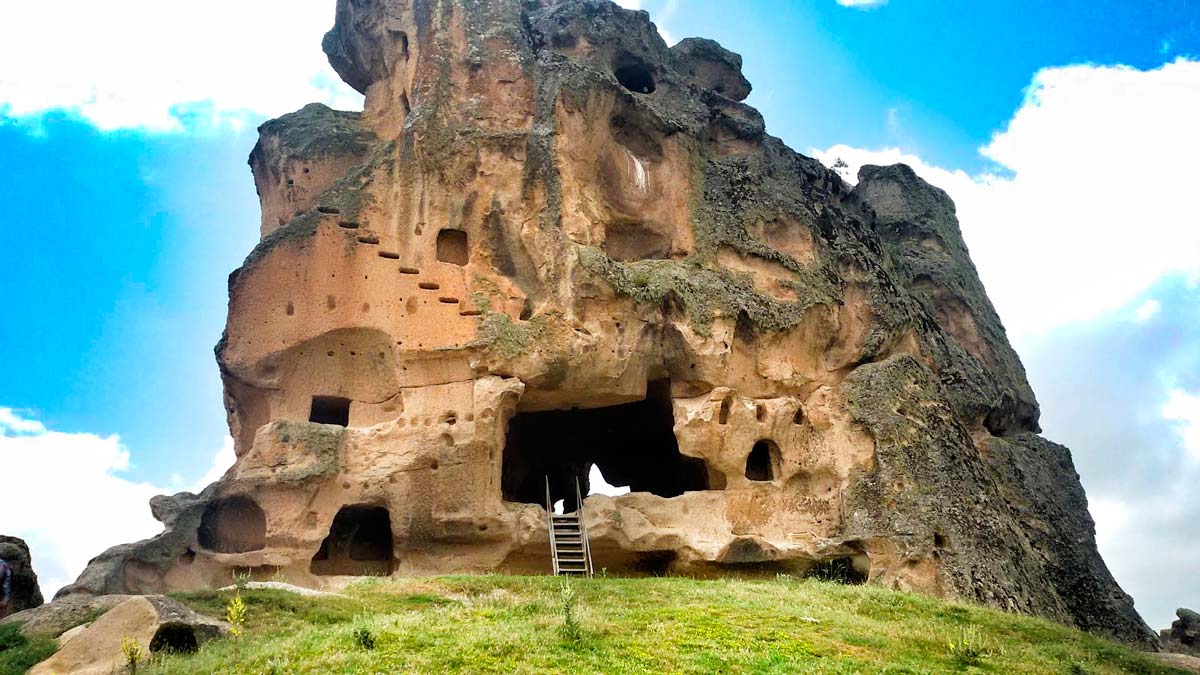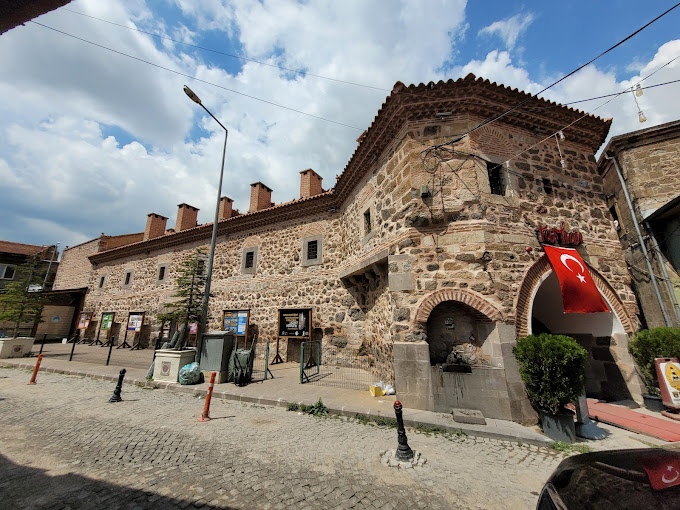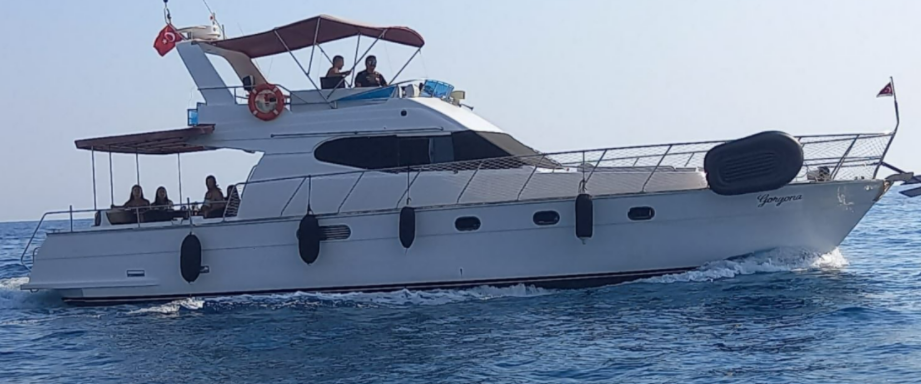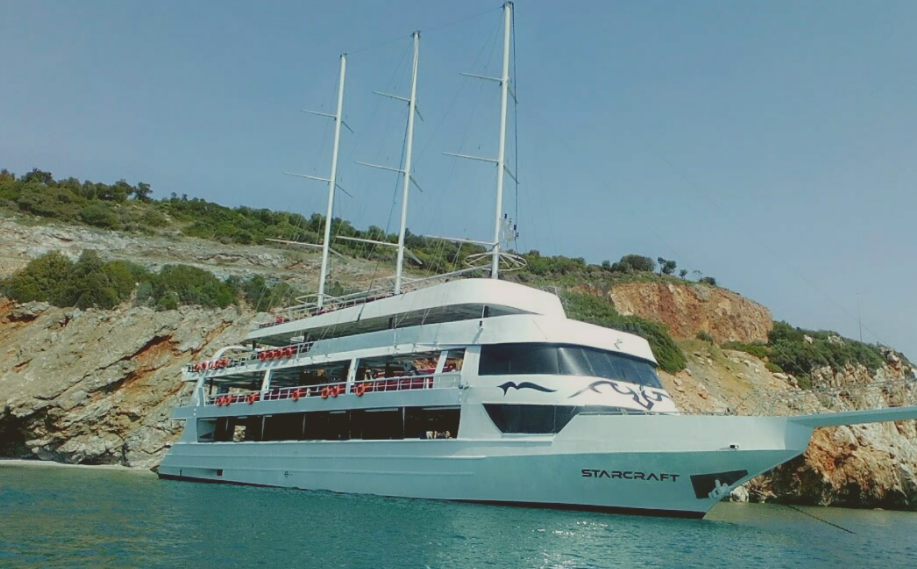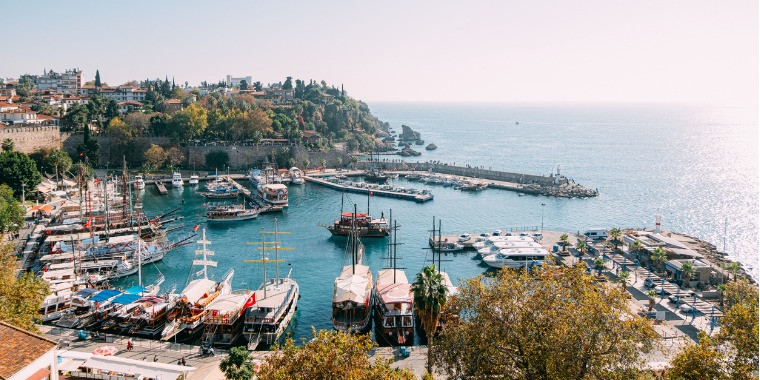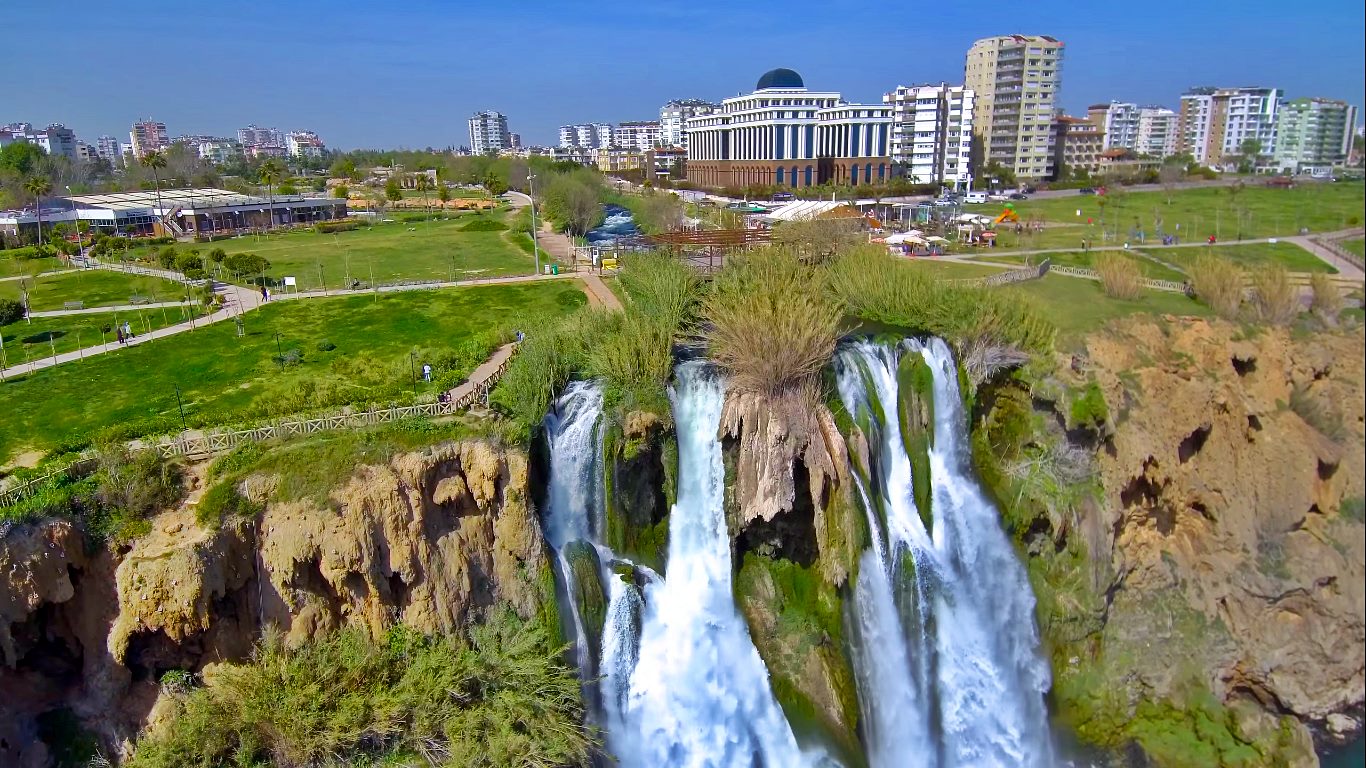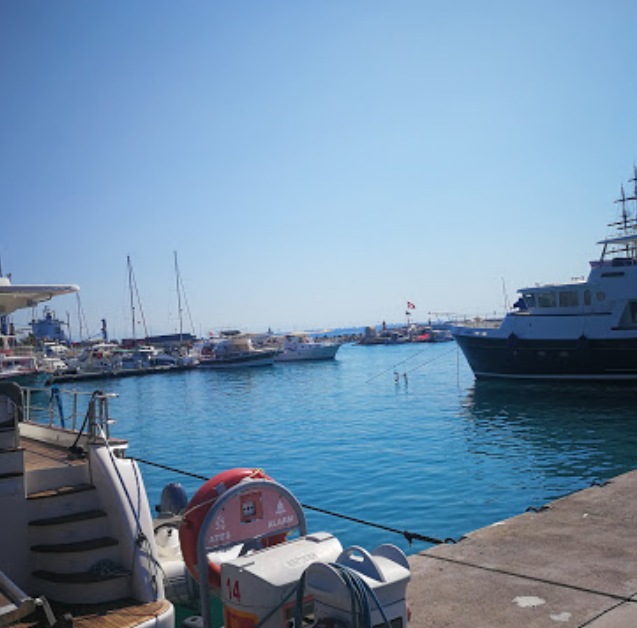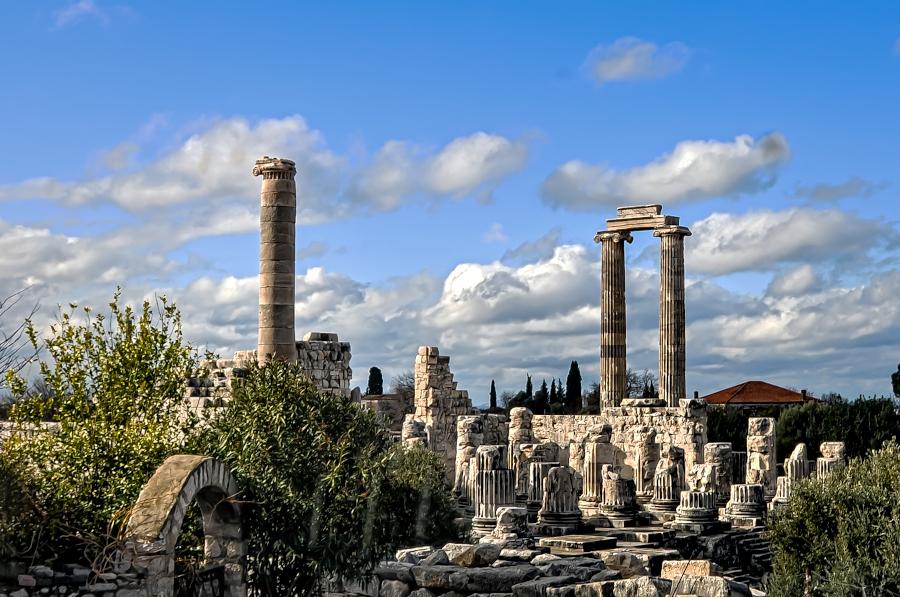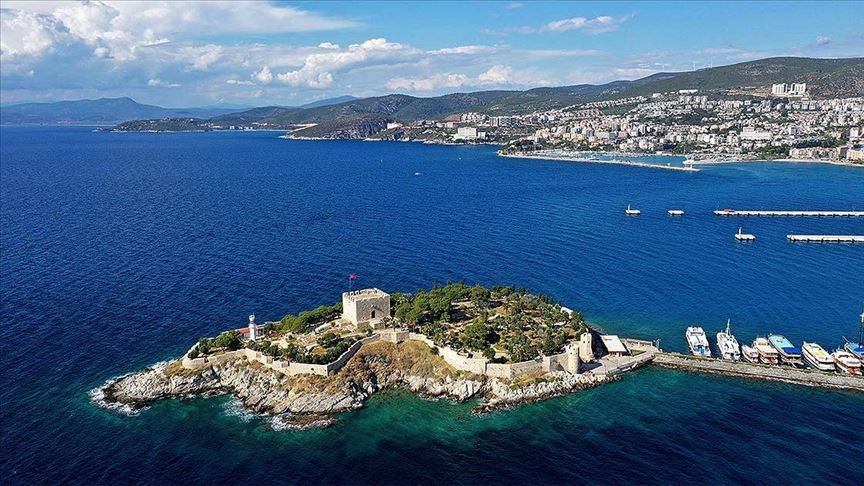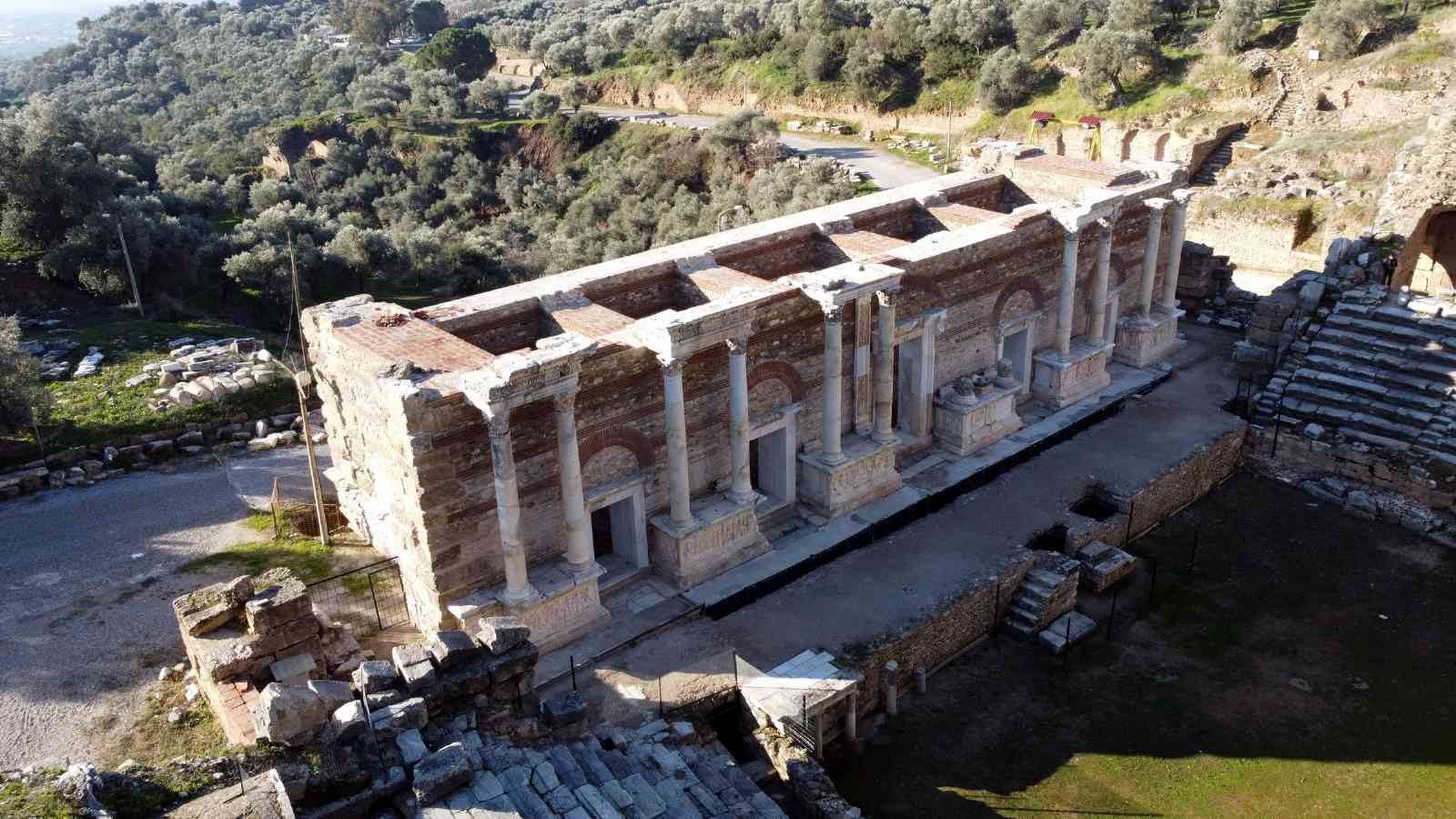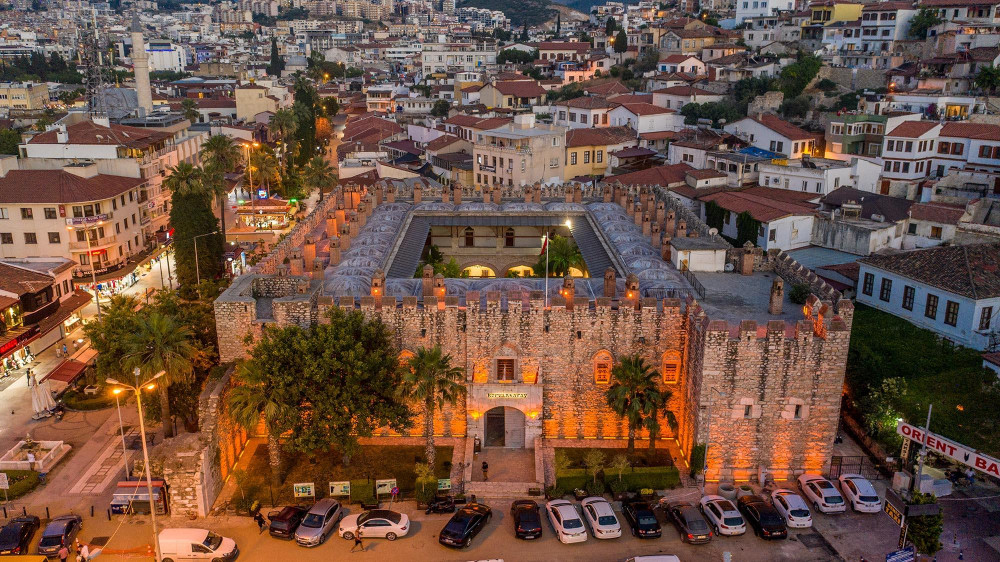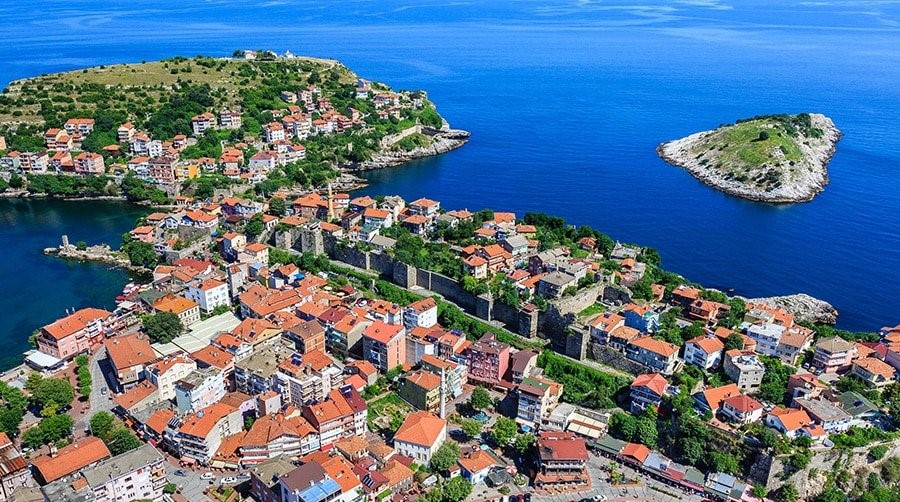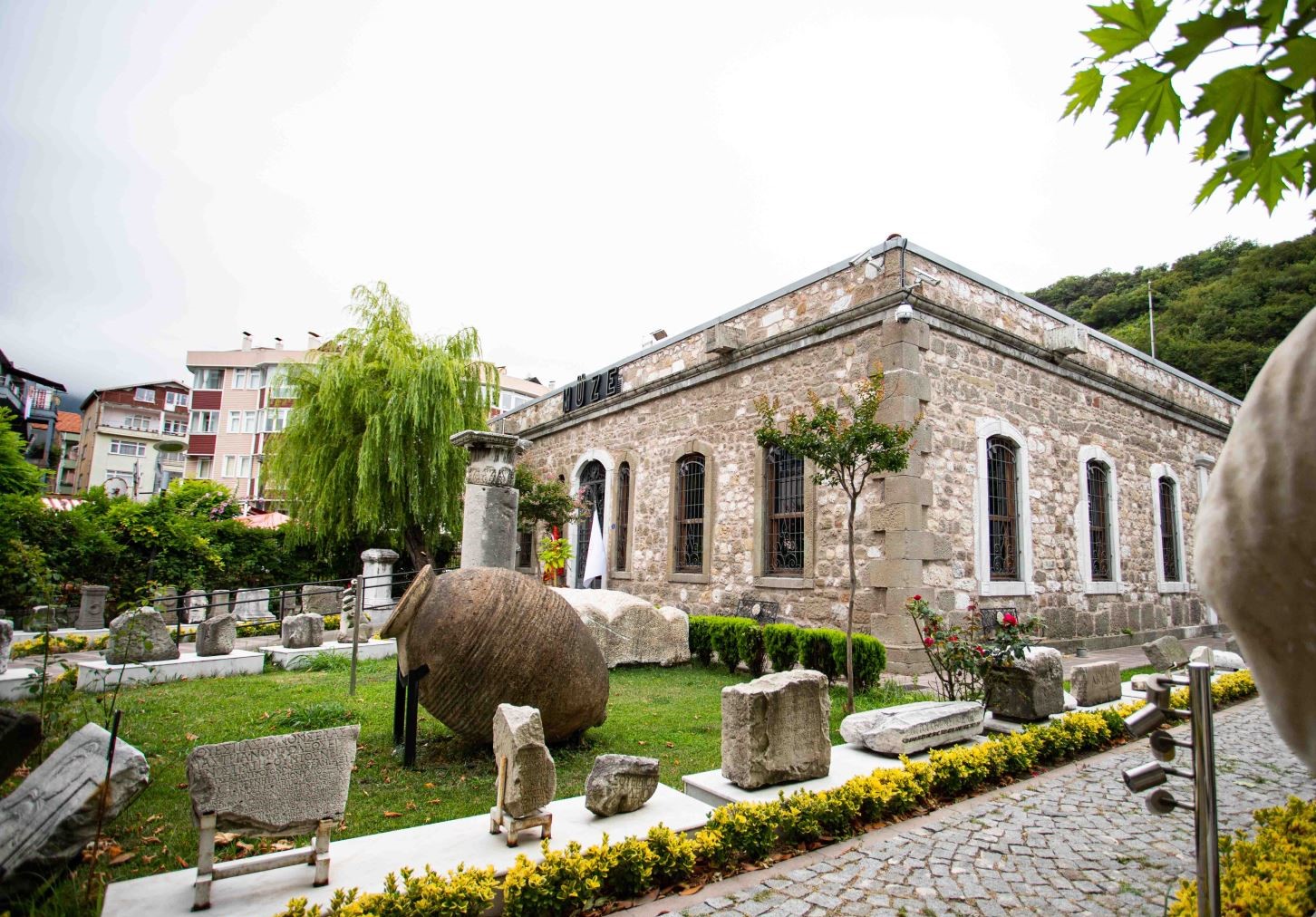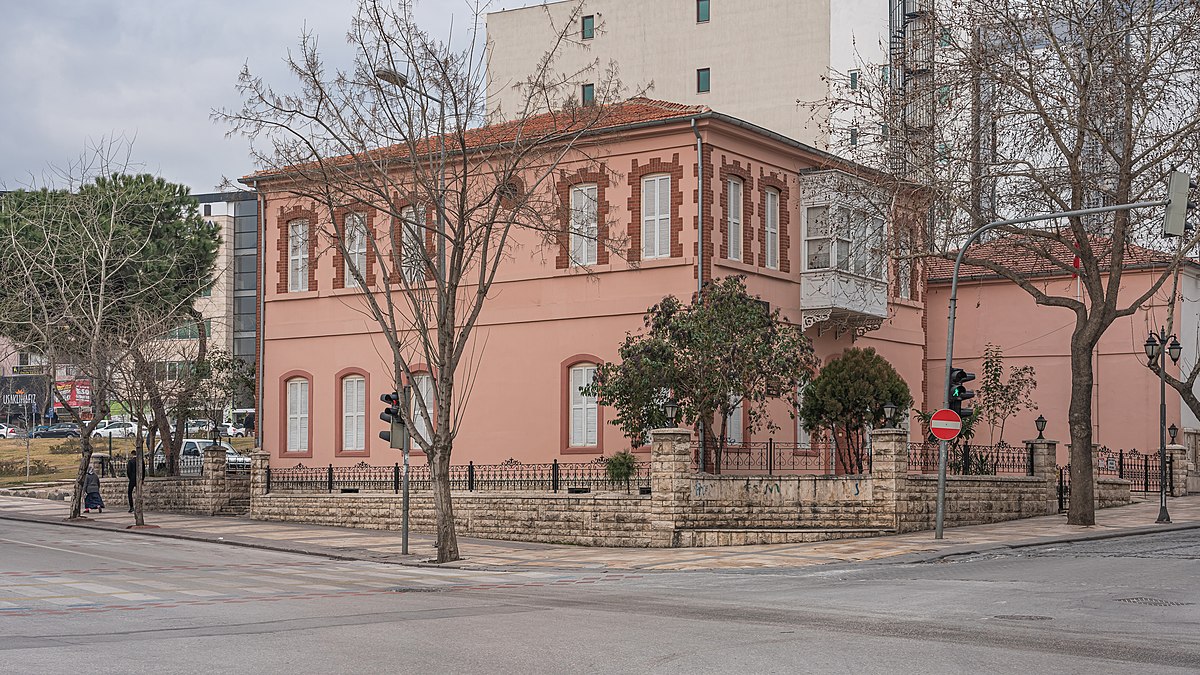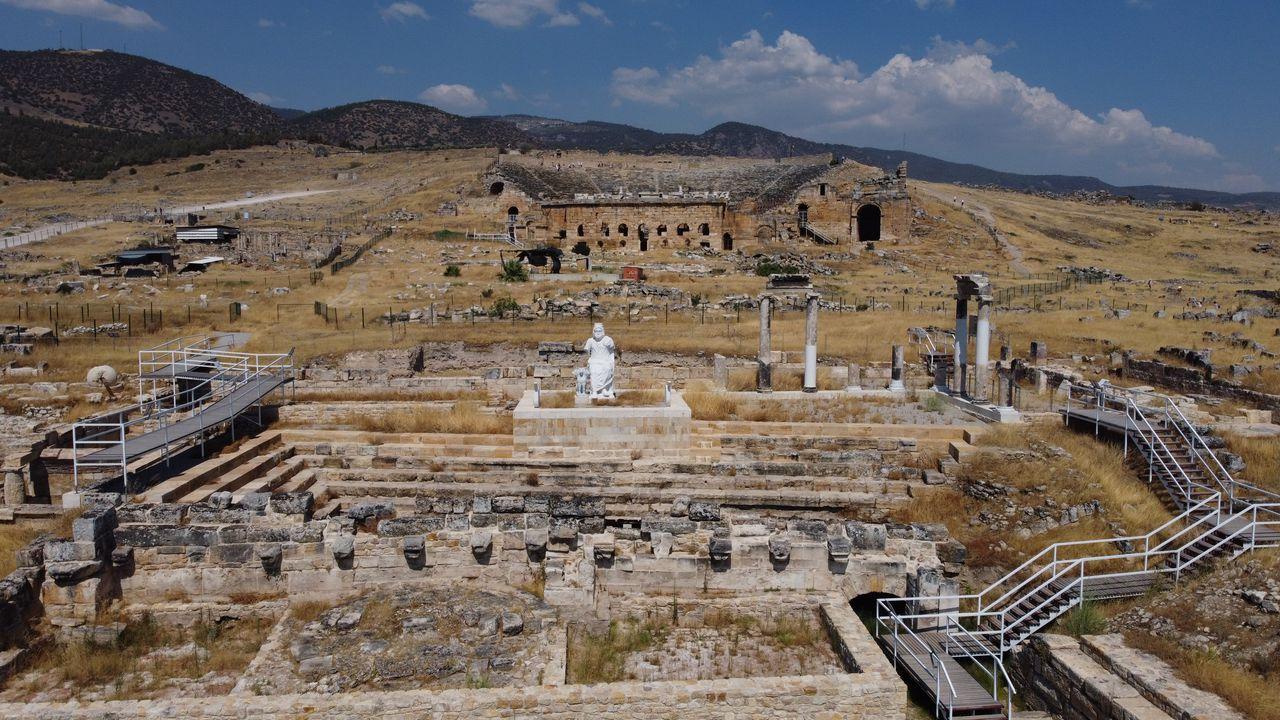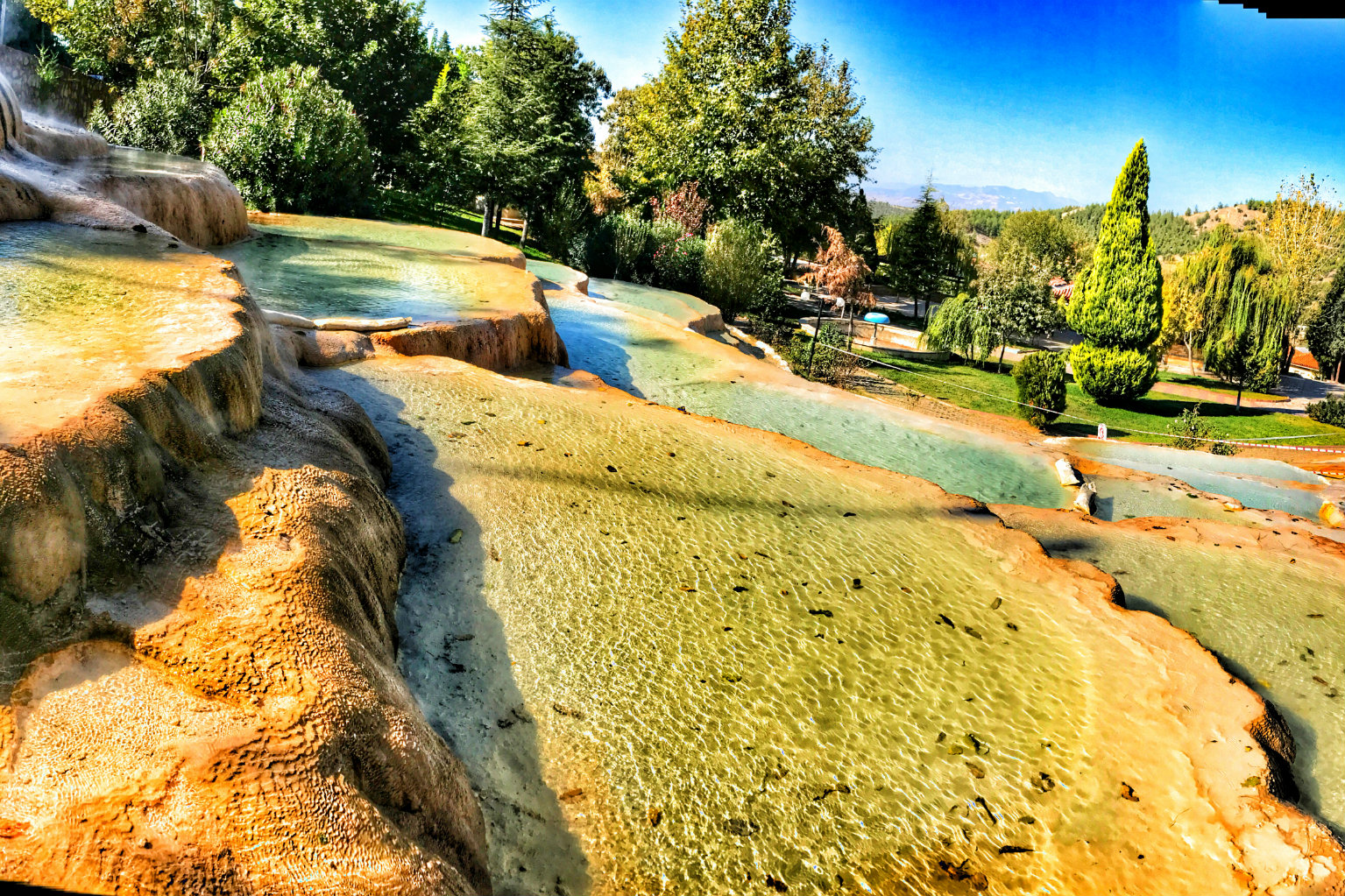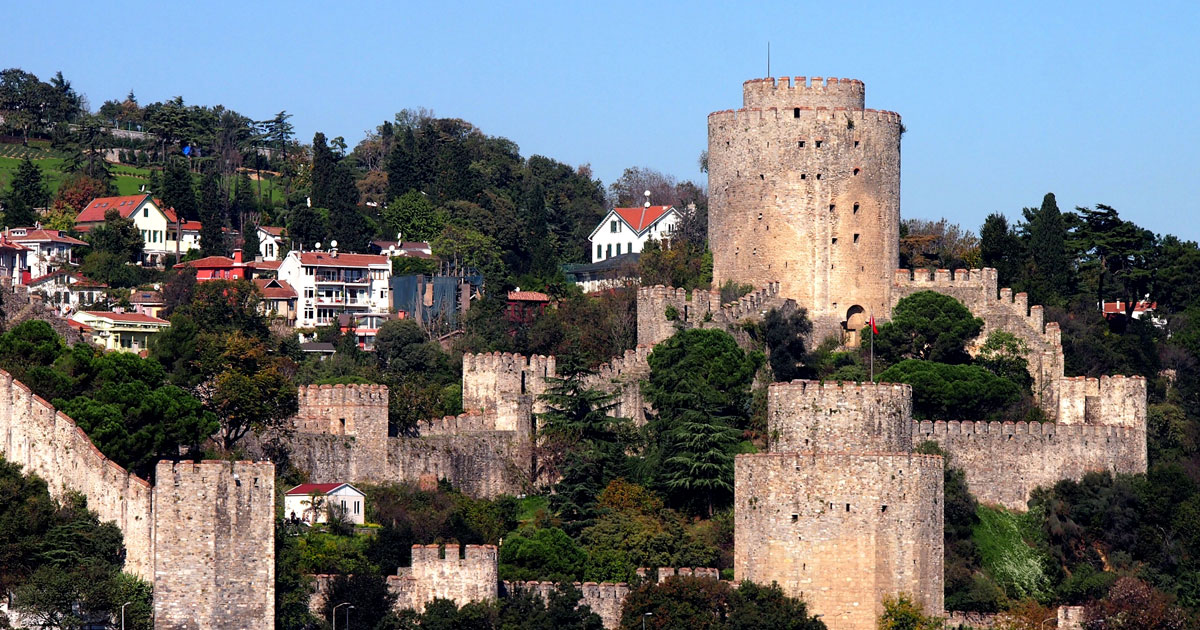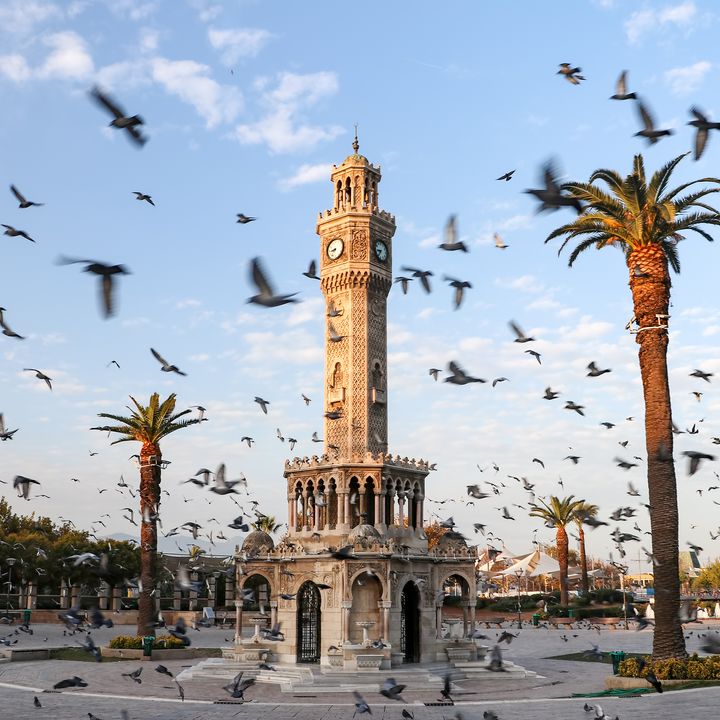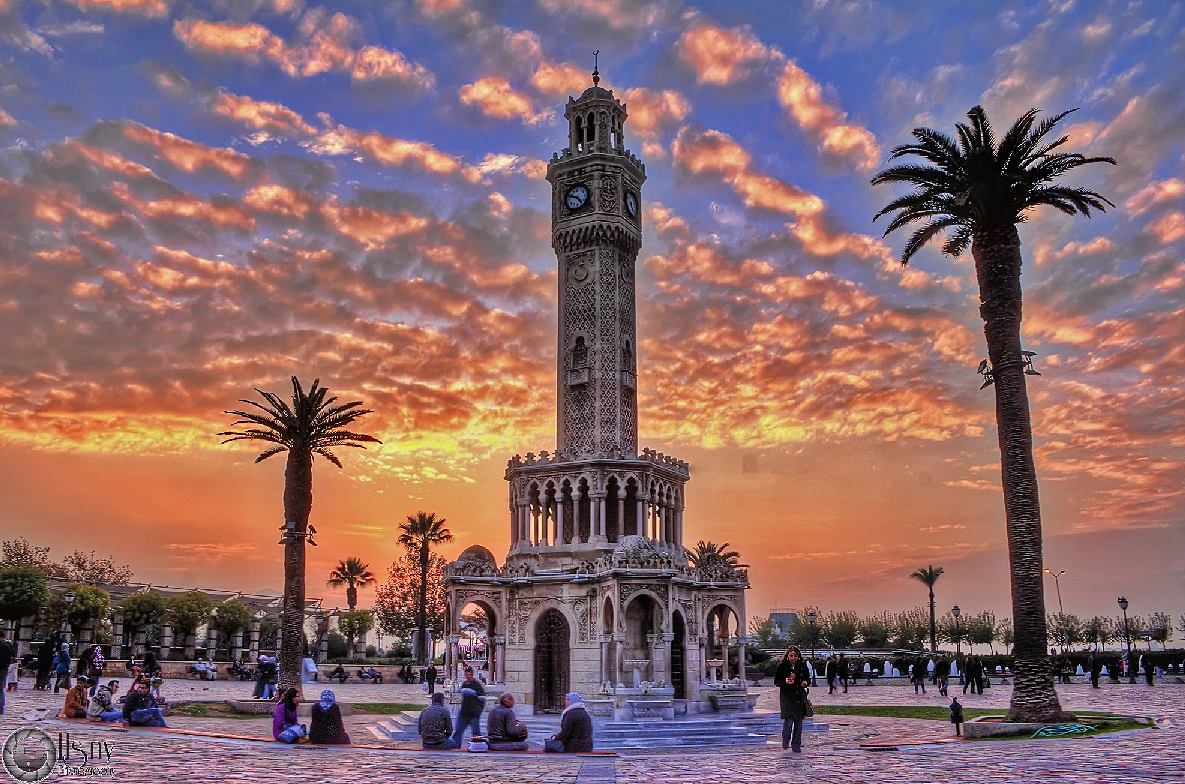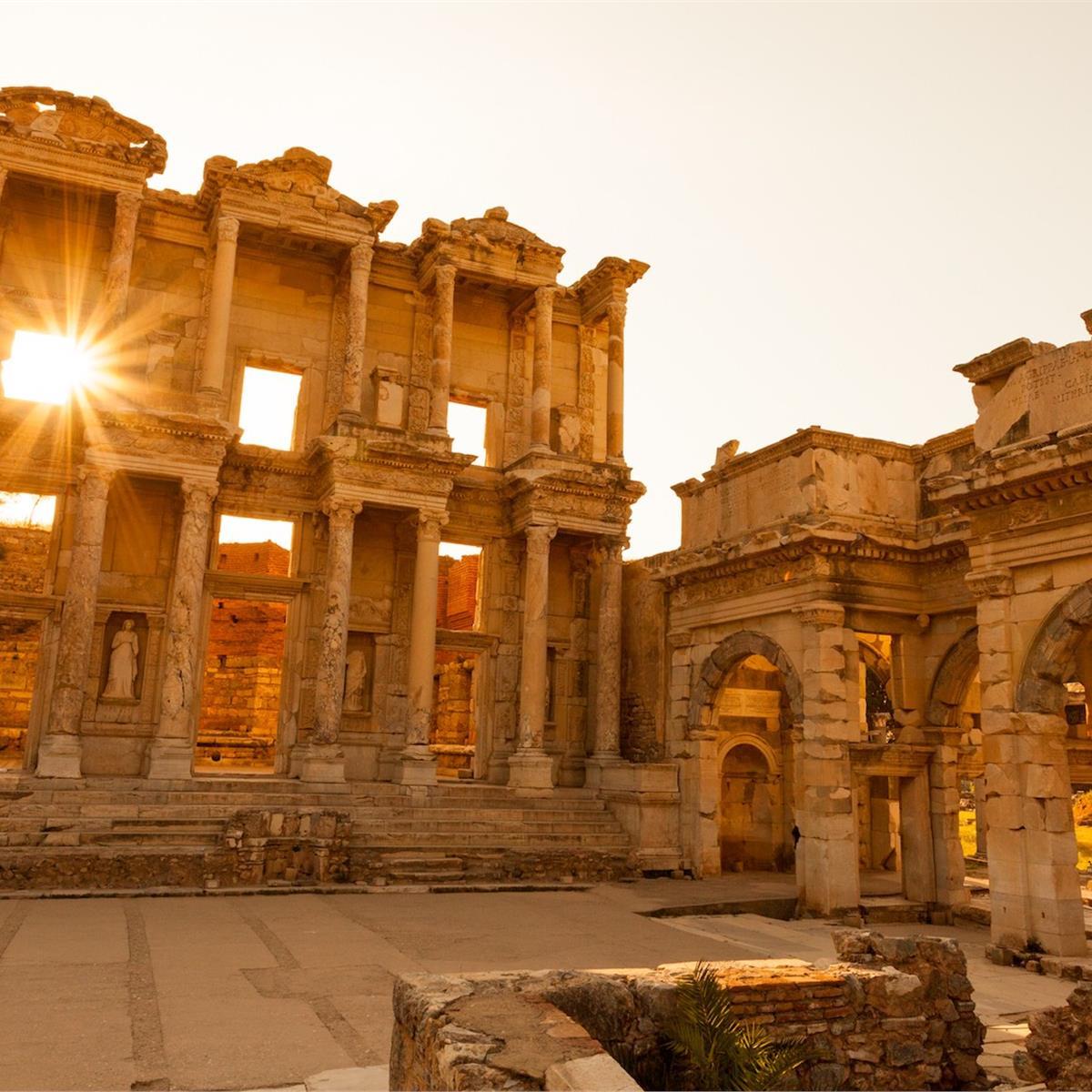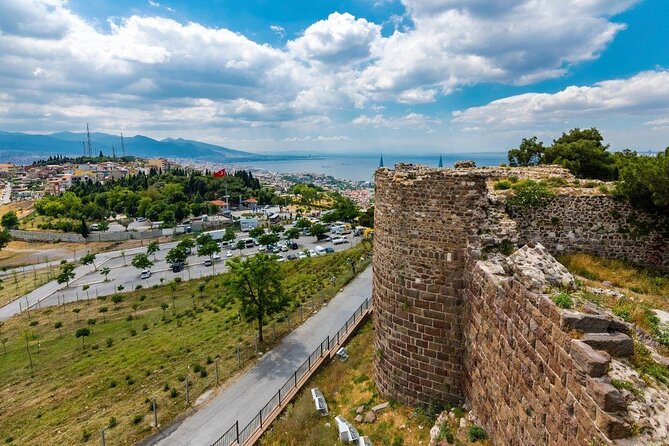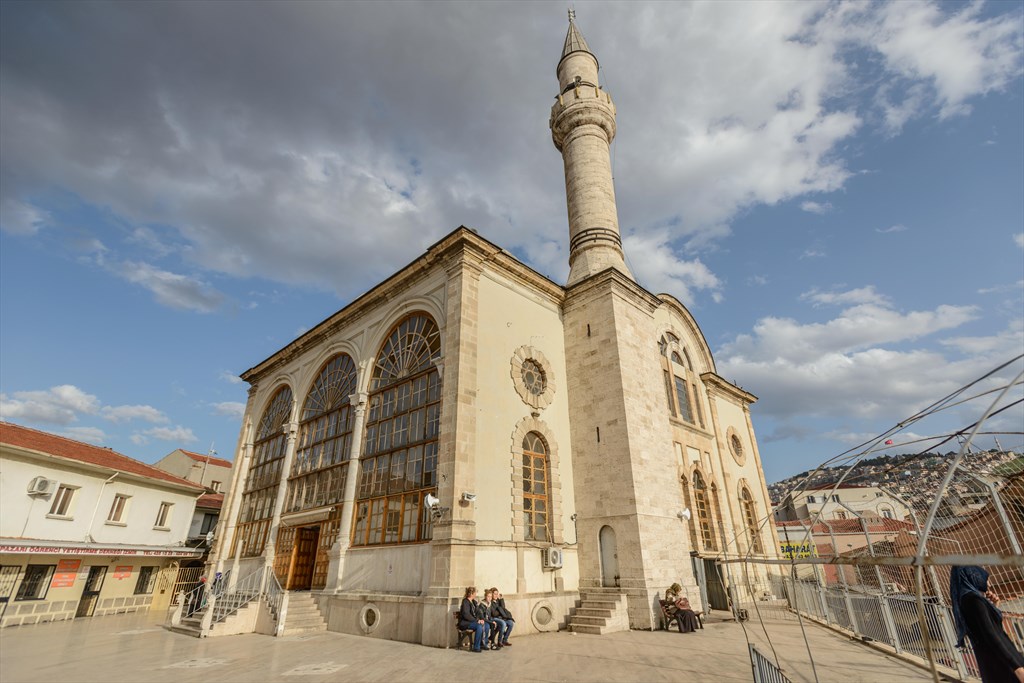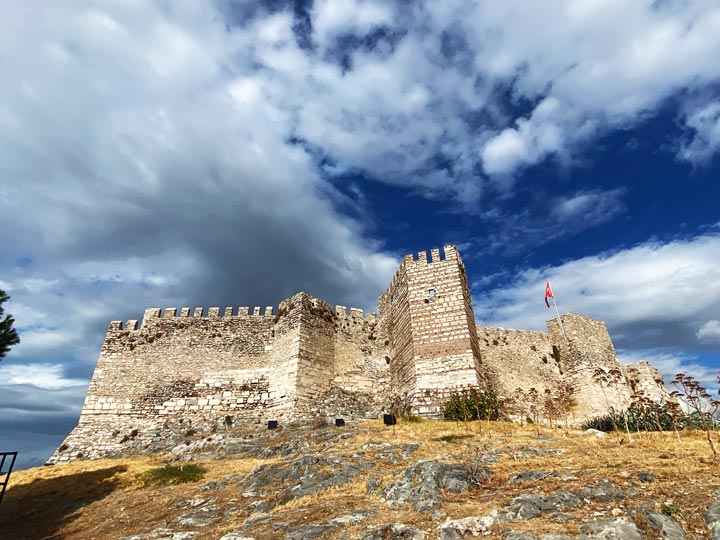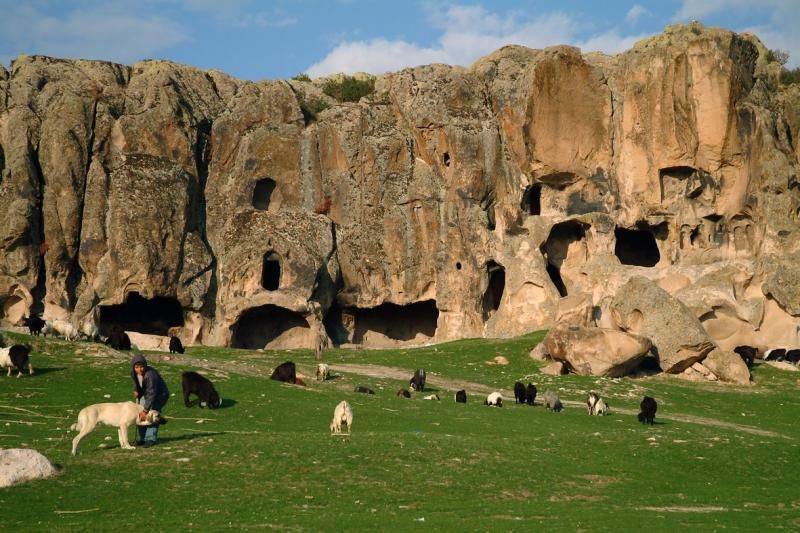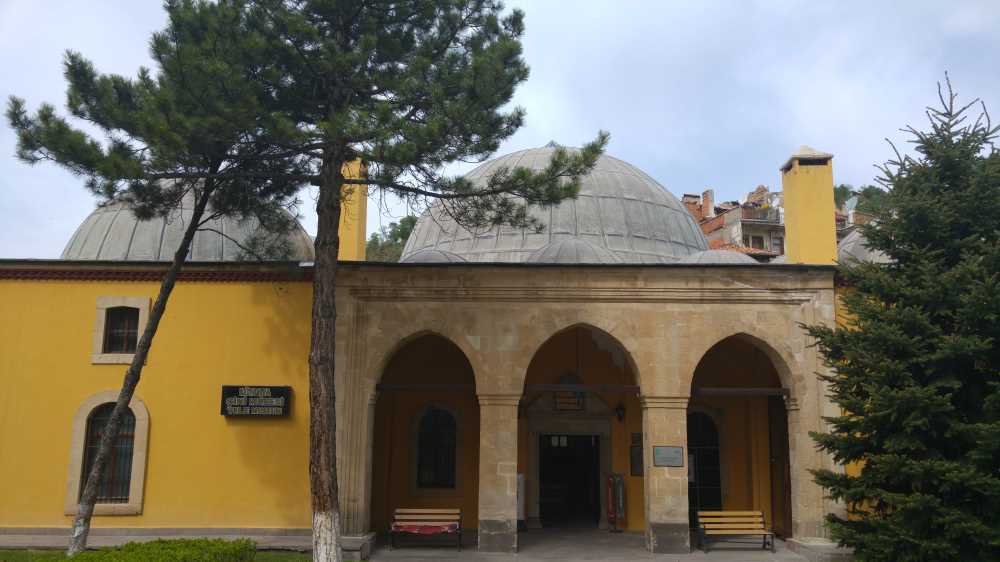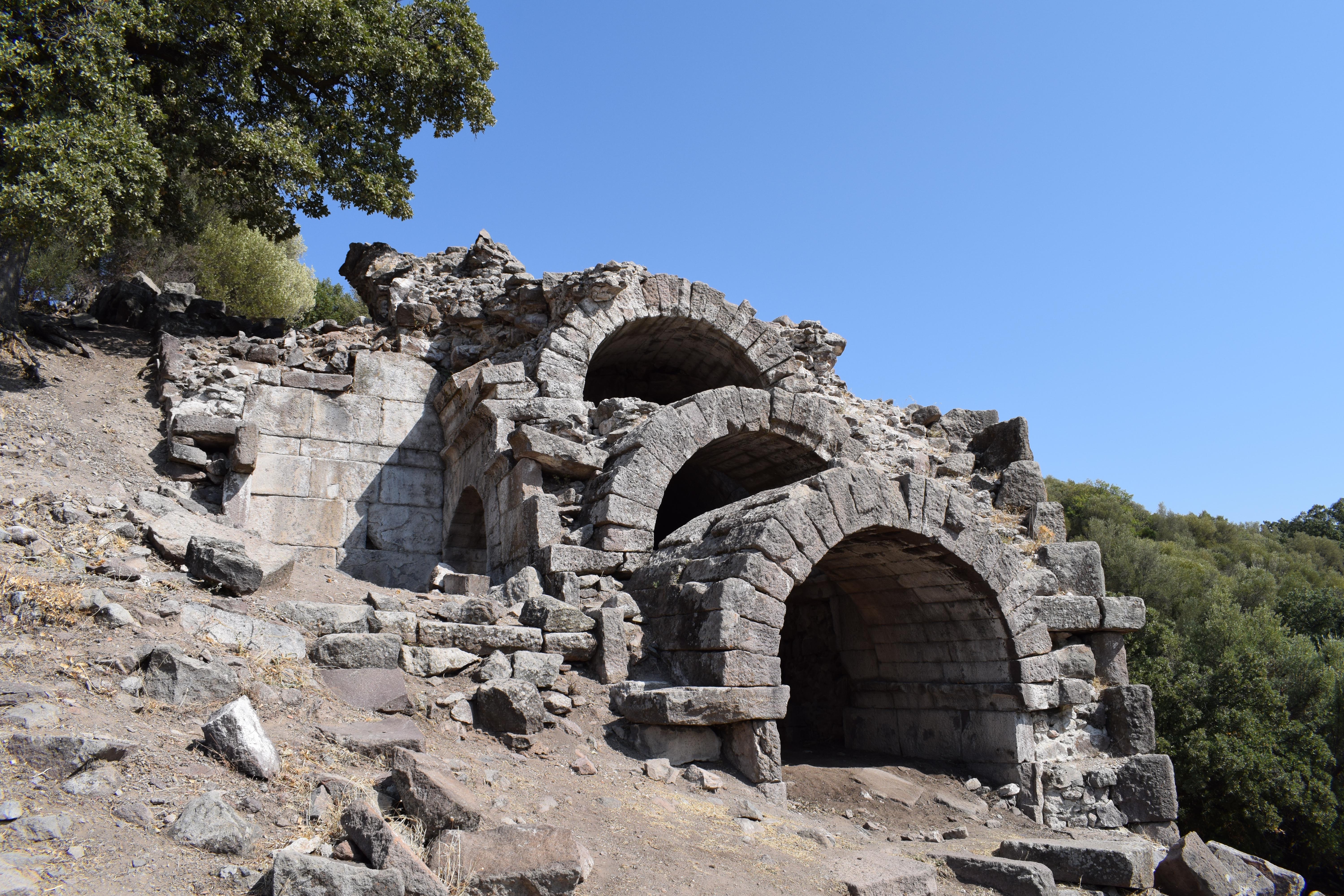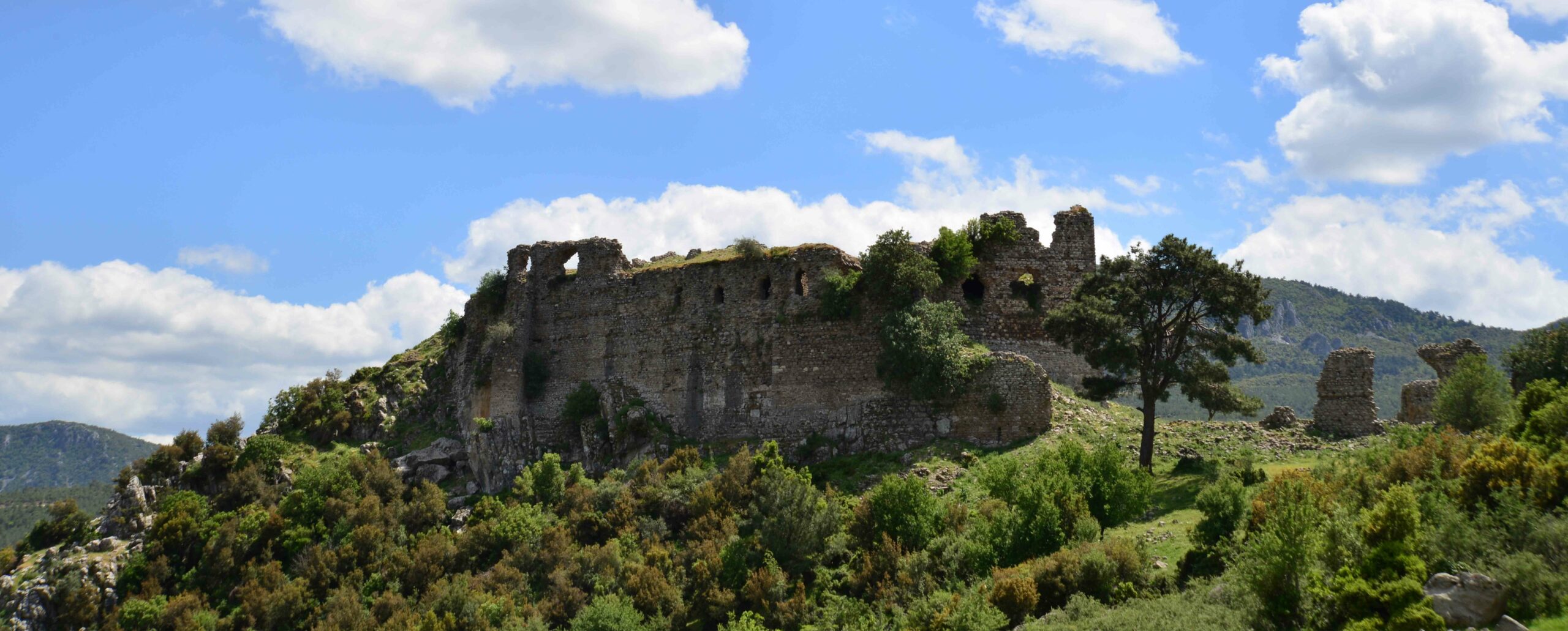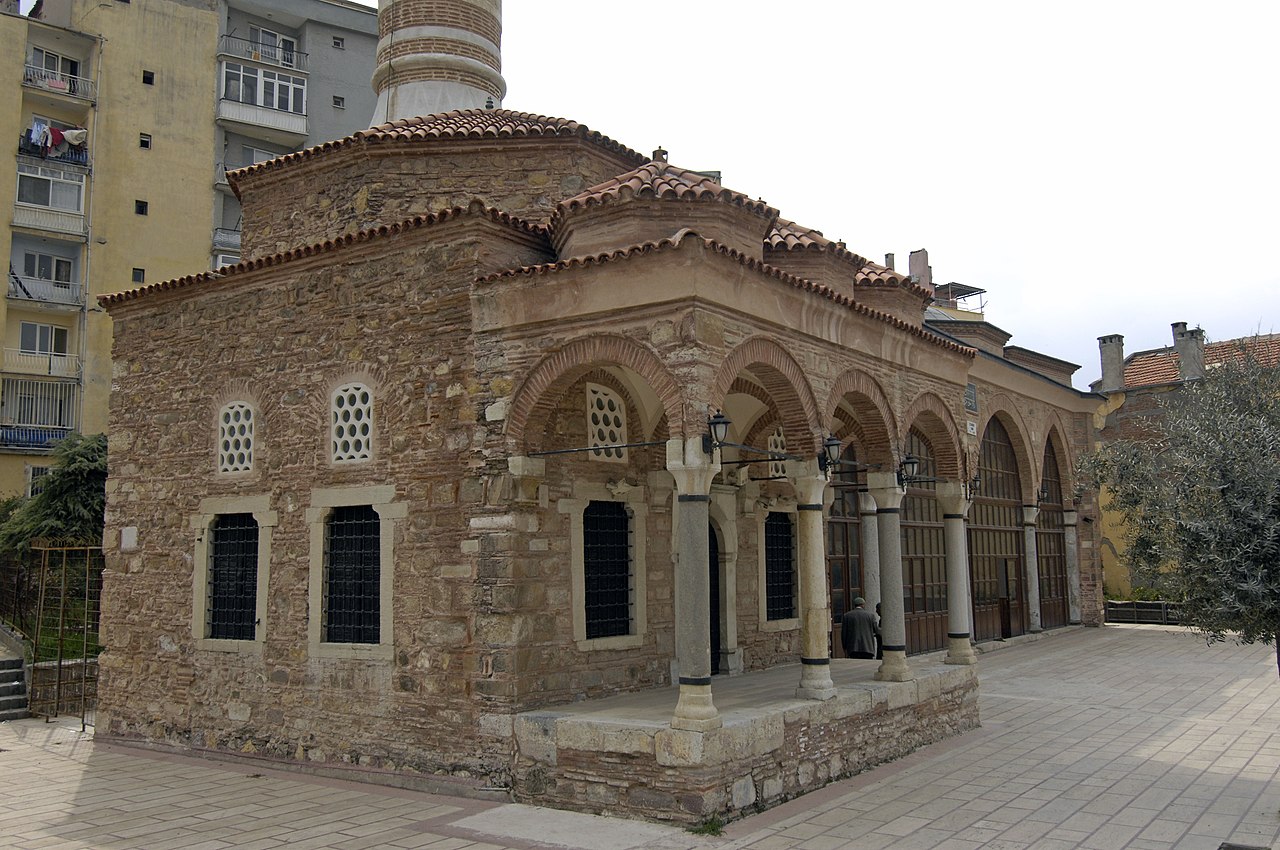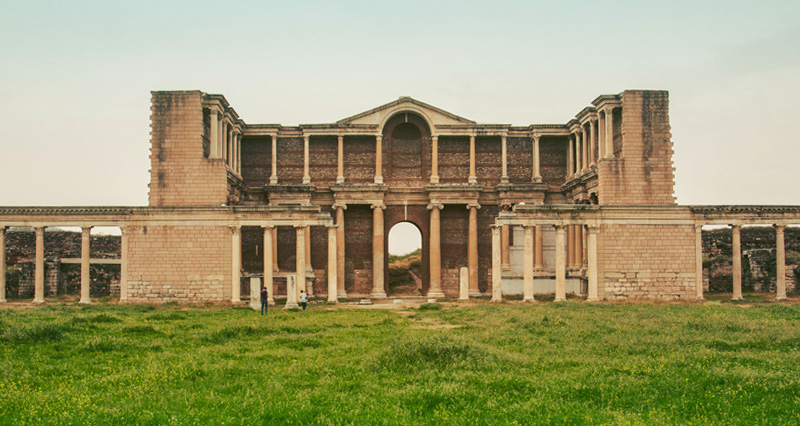Side Ancient City
Side, the most important port city of Pamphylia in ancient times, was founded on a 350-400 meters wide peninsula located 80 kilometers east of Antalya and 7 kilometers southwest of Manavgat. Side VII BC. It became a settlement center in the century. VI BC. In the 19th century, it came under the rule of the Lydian Kingdom, together with all of Pamphylia, and after the collapse of the Lydian Kingdom in 547/46, it came under the rule of the Persians. During this period, the city preserved its freedom to some extent and minted coins in its own name. Side, which opened its doors to the Macedonian king without any resistance during Alexander the Great's Anatolian campaign (334 BC), later became one of the major coinage centers founded by Alexander. Side, which constantly changed hands between the kingdoms of the Hellenistic Period after the death of Alexander, dates back to III BC. In the 16th century, it first came under the rule of the Ptolemies, and then under the rule of the Seleucids in 215-189 BC. When the Seleucids were defeated in the war against the Romans, Pamphylia and Side were given to the Kingdom of Pergamon according to the Peace of Apameia made in 188 BC. However, Side regained its independence after a while and experienced one of its brightest periods in history. The fact that Antiochus VII, who ascended to the Syrian throne in 138 BC and was later nicknamed "Sidetes", was sent to Side to study in his youth, indicating how important a cultural center the city was in the Eastern Mediterranean. This bright period of the city did not last long. Piracy, which started in the Pisidia and mountainous Cilicia regions in the 1st century BC, spread to Pamphylia and therefore to Side, and the people of Side, who could not cope with the pirates, had to open their ports and markets to them. Finally, in 78 BC, when the Roman Consul Publius Servilius cleared the region from pirates, Side was annexed to the Roman Empire, like the other cities of Pamphylia. After 25 BC, Augustus turned the Pamphylia region into a province governed directly by an official subordinate to him. After this date, Side became a city of the province affiliated with Rome. II AD and III. Side experienced a bright period in the 4th century BC. It looks like a Christian city that became poor in the century. V. and VI. The city, which experienced its third and last heyday in the 19th century, became the capital of the Eastern Pamphylia Metropolitanate. IX. Byzantine Emperor Konstantinos Porfirogennetos (913-959) refers to the city, which was weakened by Arab raids in the 10th and 10th centuries, as a "nest of pirates" in his work "De Thematibus". Arab geographer Idrisi calls Side (around 1150) "Burnt Antalya" and states that its people were settled in "New Antalya", two days away. 20th century on the ruins of the Ancient City of Side, known as a trade and port city. Selimiye Village was founded by Cretan immigrants at the beginning of the century. Built on a peninsula, Side, like other Pamphylia cities, extends along a monumental street starting from the main gate of the city. The main street, starting from the “Great Gate” in the northeast, proceeds along the peninsula in an almost straight line, except for the curve in front of the Theatre, and ends with a large square near the temples. The second largest street of the city extends from the "Big Gate" to the south of the city. Both streets have columns, and on both sides there are porticoes with Corinthian capitals and a row of shops behind them.





